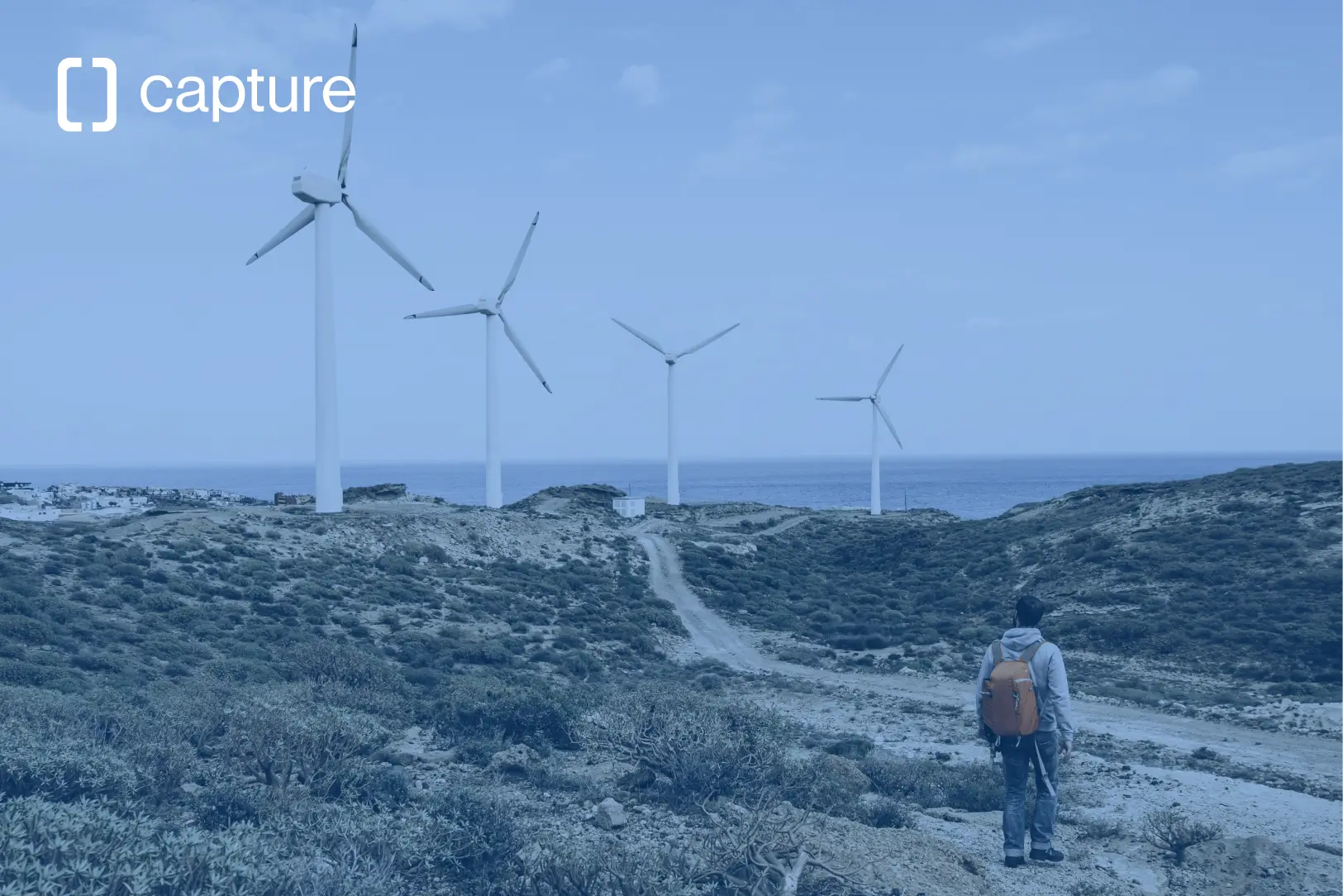Solar inverter replacement: A guide for UK homeowners
If you have solar panels on your roof it means, you’ve also got an inverter system in place. Inverters are devices that convert the DC power generated by solar panels into AC power that can be used by household appliances.
During the lifecycle of your solar installation, inverters usually need replacement at least once. However, there are a number of things to be aware of when doing so. Most importantly, your inverter replacement can be an opportunity to upgrade your system to include battery storage!
.webp)
The topic in a nutshell
Unlike panels, inverters degrade faster - 34% fail within 15 years, especially if installed outdoors.
Hybrid inverters enable seamless battery integration, reducing energy losses and installation costs.
Switching to a hybrid inverter now saves money and prepares your system for future energy needs.
Get a personalised assessment for the best home battery and inverter combination in a consultation.
How long does a solar inverter last?
The lifetime of solar inverters is much shorter than that of panels. While panels can last 25+ years, inverters typically need to be replaced much earlier. A research study analysing data from more than 2,000 inverters found that after 15 years, about 34% of inverters had failed.
There are two main factors which influence the lifetime of inverters:
- Manufacturer: There are marked differences in quality. The study included 5 different inverter manufacturers. They found a 4X difference in failure rates after 10 years for the best-performing vs. worst-performing manufacturer.
- Install location: Inverters placed outdoors have a shorter lifetime than indoors. The study found an almost 2x in failure rate after 10 years for inverters placed outdoors vs. indoors.
What should you consider when replacing your inverter?
When replacing your inverter, consider these three key questions to ensure the best outcome:
1) What is your current inverter setup?
There are three main types of systems:
- String inverters: Having only an AC output, these are the most basic and cheapest types of inverters. It is likely that your inverter is a string inverter. The major drawback of string inverters is that you can’t couple them directly with a battery, needing extra equipment and producing efficiency losses.
- Hybrid inverters: Currently considered “state-of-the-art”, hybrid inverters got both, an AC and a DC output, which gives you the option to directly connect them to a battery.
- Micro-inverters: These are smaller inverters that convert DC to AC, typically installed on the roof next to the solar panels. One micro-inverter can convert the electricity of one or more panels, depending on the capacity of the micro-inverter.There are two important things to note: First, if you’ve got for instance 10 micro inverters and one of them fails, this means you will need to replace just one of them. This means weighing the loss in production against the cost of replacement (which may require expensive scaffolding). Second, in most instances, you won’t replace micro inverters by another type of inverter system. This is because micro-inverter systems are not compatible with other systems, and it is likely not economical to strip out your microinverters and replace them with a string or hybrid inverter.
When replacing your solar inverter, understanding brand compatibility and costs is essential. Choosing the right inverter ensures optimal performance and avoids unnecessary expenses. Inverter costs vary by type, with string inverters being the most affordable but less future-proof, and hybrid inverters offering flexibility for battery integration and future upgrades. To help you better understand the options available, here’s a breakdown of the key inverter types, their costs, example brands, and compatibility considerations:
2) Do you have optimisers?
Optimisers ensure each solar panel operates independently, making them ideal for installations with partial shading from obstacles like trees or chimneys. Without optimisers, shading on one panel can reduce the entire system’s output. By improving efficiency and enabling panel-level monitoring, they can boost energy production by around 5% under shaded conditions, offering long-term savings.
If you’ve got optimisers, ensure your new inverter is compatible with them. Check the inverter’s brand and model in your installation documents, as compatibility depends on the specific manufacturer. Brands like SolarEdge are designed specifically for their optimisers, while others may require additional components. If you're unsure, answer our survey at the bottom of the article, and we’ll help you find the information you need.
3) Are you planning to add a battery?
If you consider adding a battery to your solar PV system, replacing your inverter and adding a battery simultaneously is a smart and cost-effective decision. This approach allows you to upgrade to a hybrid inverter, which integrates seamlessly with your battery system for maximum efficiency. Hybrid inverters eliminate the need for additional equipment, reducing energy losses and streamlining your system setup.
Additionally, combining these upgrades saves on installation costs. Replacing a string inverter typically costs around £1,000. By opting for a hybrid inverter, you can share the system with a battery, avoiding duplicate installation expenses. Battery modules start at just £3,000 for a 10 kWh system, making the payback period for your battery system typically less than 5 years.
Adding a battery now also positions your home for greater energy independence and flexibility, ensuring your system is prepared for future innovations in solar and grid-connected technology.
Conclusion: Why a hybrid inverter is your best choice?
Upgrading to a hybrid inverter is the smartest move for your solar system. While slightly more expensive upfront, a hybrid inverter prepares your home for the future, allowing you to easily add a battery and transform your energy system into one that’s highly efficient and resilient. Unlike standard inverters, hybrid models eliminate inefficiencies such as energy losses (up to 10-15%) caused by extra equipment, while enabling seamless integration with batteries and smart appliances.
Contact us today for a free consultation to explore how this upgrade can transform your energy savings. Submit your details in the short survey below, and we’ll provide tailored recommendations to get you started.





.webp)
